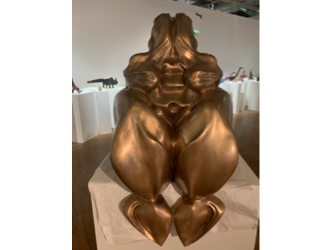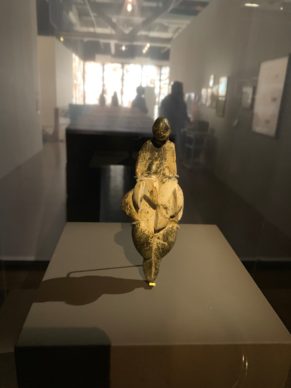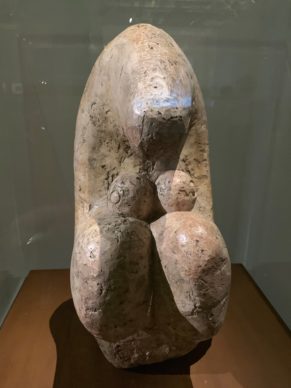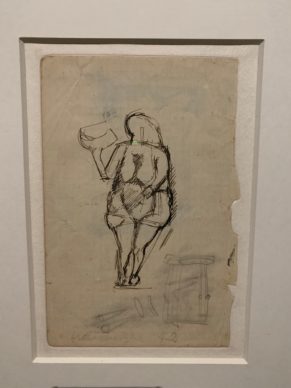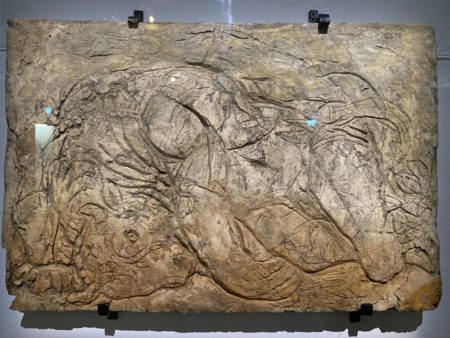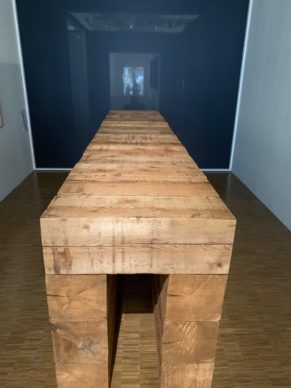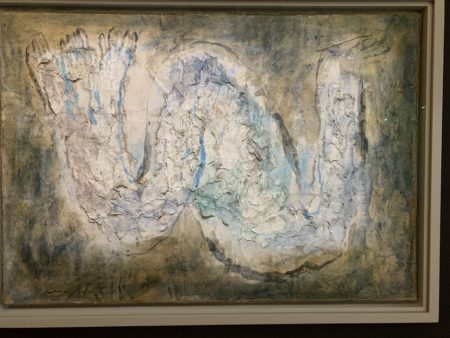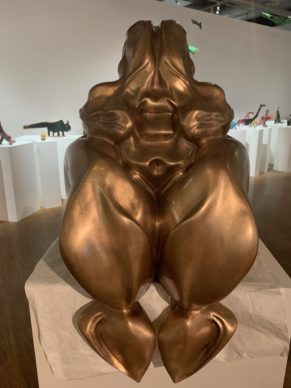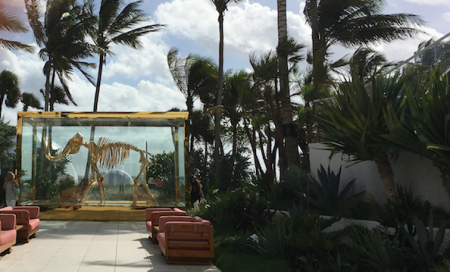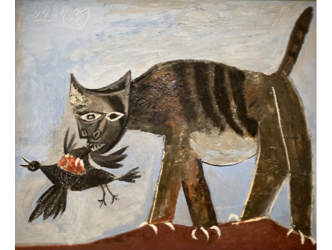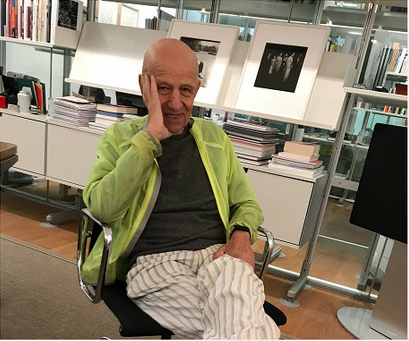Paul Cézanne
The story begins in the pine forests of Aix. Imagine the cicadas, the hot sun beating down, and Paul Cézanne coming to this spot every day to paint, in an old quarry where stones were cut in the 18th century and used to construct the majestic ochre-yellow buildings of the nearby Cours Mirabeau.
Bibemus Quarry
The great artist painted this subject which hardly counts as one many times: simply the Bibemus quarry, with its trees and “cubist” rock formations composed of geological sediment. The vastness of time is compressed within the layers of this stone, and Cézanne knew it.
Fabulous Préhistoire
This is the story told in “Préhistoire” (Prehistory), the Centre Pompidou’s fabulous new exhibition, which opens our eyes to this period and revisits the history of art in 500 artworks and documents in light of this particular era of human existence. Here we learn that one of Cézanne’s best friends, Antoine-Fortuné Marion, was a geologist who specialized in the prehistoric period.
Cro-Magnon
We also become aware of the fact that prehistory is a 19th-century “invention”. The Cro-Magnon man’s skull, exhibited here, was discovered in the Dordogne in 1868. Humans existed earlier than had ever been imagined and their aesthetic manifestations, “cave art”, began to enter into the collective imagination.
Venus of Lespugue
African art is often mentioned in terms of its importance in the creation of modern forms like cubism, but Palaeolithic art also played a key role. Take this extraordinary figure of a woman of a certain age (around 23,000 years old) carved from mammoth ivory known as the Venus of Lespugue.
Picasso and Giacometti
Well guess what, Picasso and Giacometti each possessed a model of the statuette discovered in 1922.
Yves Klein
When Yves Klein asked women to leave the traces of their bodies smeared in blue paint across white surfaces (the Anthropométries), was he not in fact reproducing the rock-painting of early man, imprinted on clay?
Each example from an artist exhibited here is supplemented with rich documentation.
Marguerite Humeau
Closer to home there’s the artist Marguerite Humeau (born in 1986) who merges images of Venus from prehistory with images of the brains of animals. She nurtures a fascination for this aesthetic, which dates from the times of the cavemen.
Watch the interview of Marguerite Humeau to find out more:
Contemporary prehistory
The curators of this expansive exhibition, Cécile Debray, Rémi Labrusse and Maria Stavrinaki spent five years researching the topic.
Watch the interview of Maria Stavrinaki to find out more:
Paradoxically, in these times of environmental awareness, prehistory has never felt so contemporary. For as the curators explain, “in the countless fossils of species that have disappeared, Western man can read the signs of his own extinction”.
This spectacular show also concludes with a film by the French filmmaker Pierre Huyghe made in Fukushima, in which a monkey dressed as a little girl acts like a human. A nightmarish vision of what we could become.
Until 16 September www.centrepompidou.fr. Unfortunately this major exhibition will not be travelling.
Donating=Supporting

Support independent news on art.
Your contribution : Make a monthly commitment to support JB Reports or a one off contribution as and when you feel like it. Choose the option that suits you best.
Need to cancel a recurring donation? Please go here.
The donation is considered to be a subscription for a fee set by the donor and for a duration also set by the donor.

